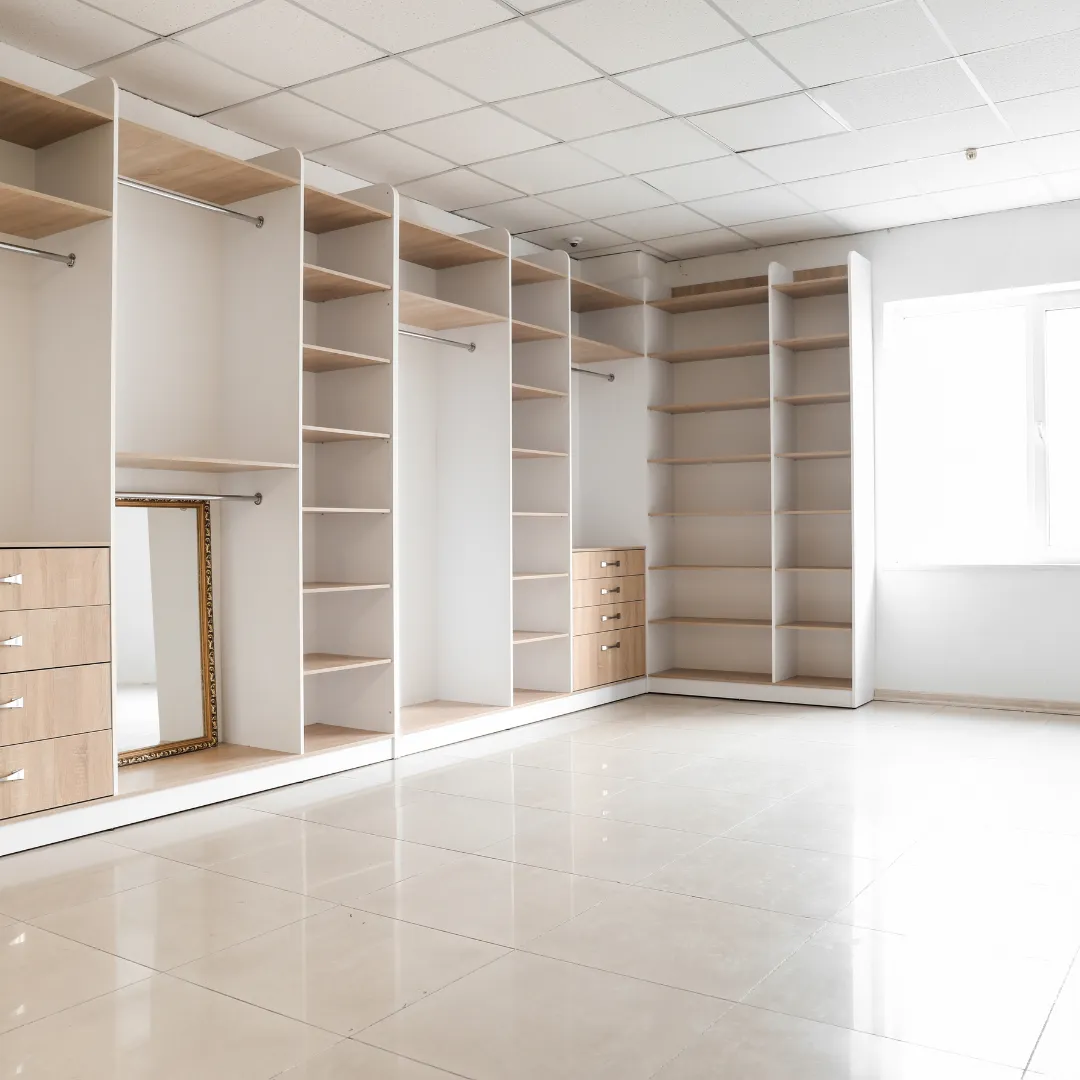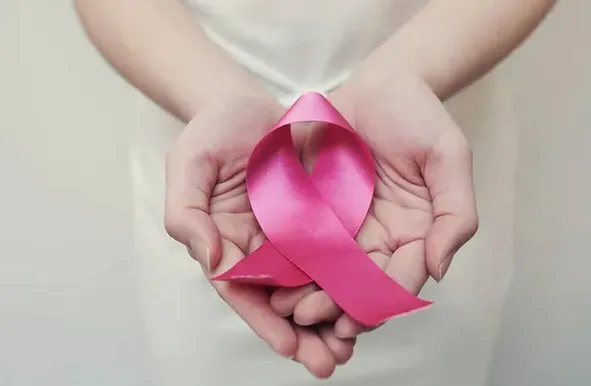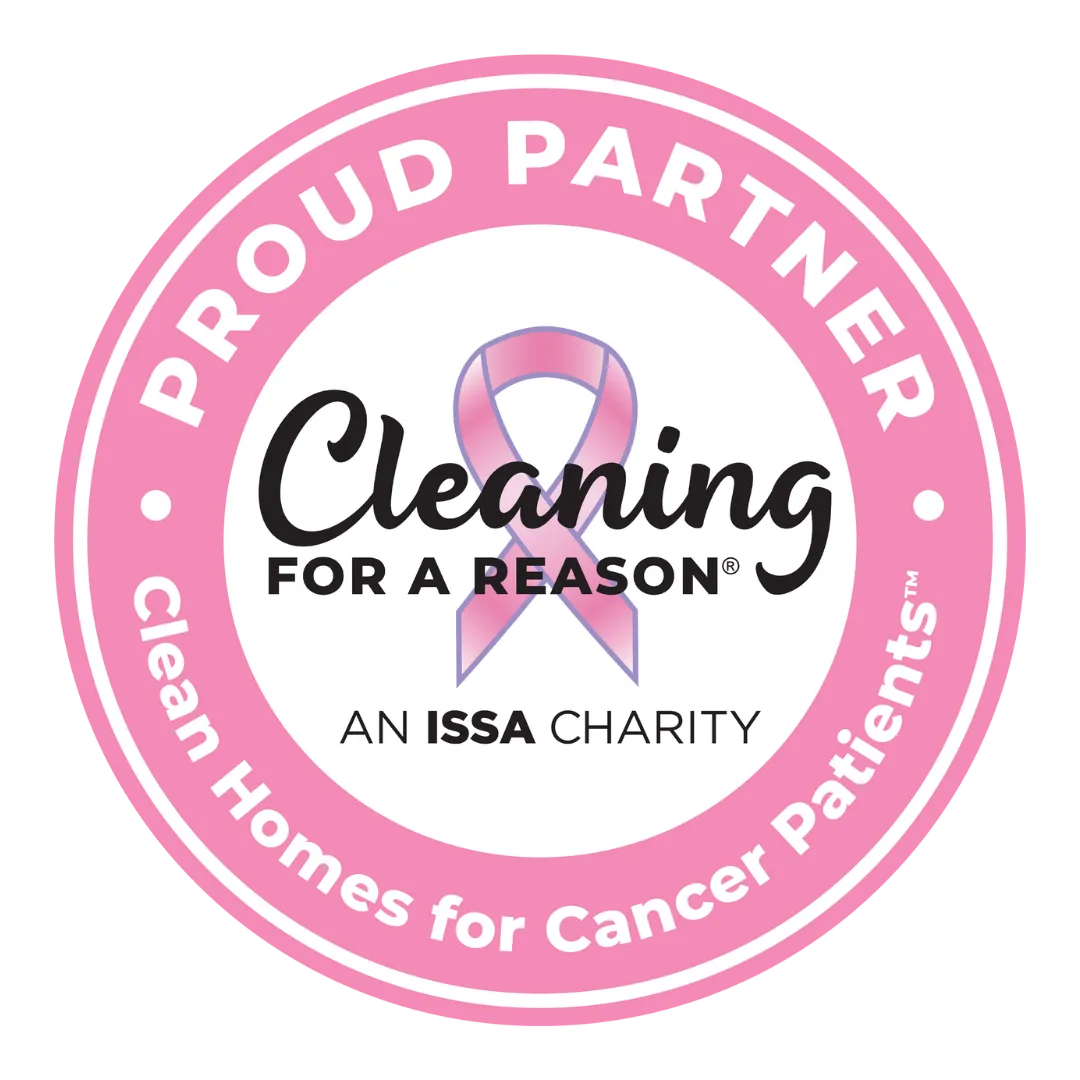
History of Soap and How It Works: Explained Simply
Soap is something we use every day without thinking twice—whether we’re washing our hands, doing the dishes, or lathering up in the shower. But have you ever wondered where it came from or how it actually works? This everyday item has a surprisingly rich history and some fascinating science behind it.
Let’s take a little journey through time and bubbles.
A Quick Dive Into the History of Soap
Soap has been around for a very long time—like, thousands of years. The earliest recorded use of soap-like substances goes all the way back to 2800 B.C. in ancient Babylon. Archeologists found soap recipes etched into clay tablets. These early versions were made with water, alkali, and cassia oil.
The Egyptians had their version too, using soap to clean wounds and for personal hygiene. By the time of the Romans, soap was a popular item used in bathhouses and for laundry. The Romans made soap by mixing animal fats with ashes—a primitive version of the soap we know today.
During the Middle Ages, soap making became a skilled craft in Europe. Towns like Marseille, France, became famous for their olive oil-based soaps. Eventually, soap reached a broader audience during the Industrial Revolution, when mass production made it more affordable and accessible.
What Is Soap Made Of?
At its core, soap is a combination of fat or oil with an alkali, typically lye (sodium hydroxide or potassium hydroxide). This combination undergoes a process called saponification—a chemical reaction that produces soap and glycerin.
Here’s a simple version of how it works:
Fat/Oil (like coconut oil or animal fat)
Lye (a strong base)
= Soap + Glycerin
Some modern soaps also include fragrances, colorants, and moisturizing ingredients like shea butter or aloe vera.
How Does Soap Actually Clean?
Soap doesn’t just sit on your skin and magically make dirt disappear. There’s a bit of science magic behind it.
Soap molecules have two ends:
One end is hydrophilic (water-loving).
The other end is hydrophobic (water-repelling, but loves oil and grease).
When you add water and start scrubbing, the soap molecules grab onto grease and dirt with their hydrophobic end and then rinse away with water thanks to their hydrophilic end. This action breaks up the grime, allowing it to be washed away.
This is also why simply rinsing with water doesn’t remove bacteria or viruses as effectively—soap literally lifts them off your skin and helps wash them down the drain.
Bar Soap vs. Liquid Soap: Is There a Difference?
Both do the job, but they’re not exactly the same.
Bar soaps are made through traditional saponification and tend to be more environmentally friendly because they come with less packaging and don’t need preservatives.
Liquid soaps often have added ingredients like emulsifiers and stabilizers to maintain texture. They can be more convenient and hygienic for group settings, like public restrooms.
Neither is necessarily “better” than the other—it mostly comes down to preference and purpose.
Fun Facts About Soap
Castile soap, originally from Spain, is made from 100% plant oils and is known for its versatility. You can use it for everything from hand washing to cleaning your floors.
Glycerin, a by-product of soap making, is a natural moisturizer and is often separated out and sold in skincare products.
Soap doesn’t kill germs—it removes them. That’s why handwashing for at least 20 seconds is recommended.
Why Soap Matters More Than Ever
In recent years, especially since global health events brought hygiene into the spotlight, the importance of good old-fashioned soap has been re-emphasized. It’s not just about staying clean—it’s about staying healthy.
While hand sanitizers have their place, soap remains one of the most effective tools for removing viruses and bacteria from your skin. Plus, it’s gentle, affordable, and widely available.
In a Nutshell...
Soap may seem like a humble household product, but it’s been around for thousands of years, helping people stay clean and healthy. From ancient clay tablets to foamy pumps at the sink, soap has evolved, but its purpose remains the same.
Next time you lather up, take a second to appreciate this little bar (or bottle) of science and history in your hands.
Our San Antonio Home Cleaning Services
Select from our services below:




Make a difference with us!


Join Gleam Bee Cleaning Service in our commitment to help patients battling cancer.
Each month, Gleam Bee Cleaning Service team members generously donate their time and expertise to Cleaning for a Reason, a charity dedicated to easing the burden for cancer patients. Our team selflessly offers free home cleaning services to individuals undergoing cancer treatment.
Through their unwavering commitment, Gleam Bee ensures that cancer patients can focus on their health and well-being without the added stress of household chores.

QUICK LINKS
SERVICE AREAS
San Antonio, TX
Bulverde
San Antonio
Stone Oak
Timberwood Park
CONTACT US
OFFICE HOURS
Monday - Friday
8:00am - 5:00pm
OUR SERVICES



© 2024 Gleam Bee Cleaning Service -- All Rights Reserved
